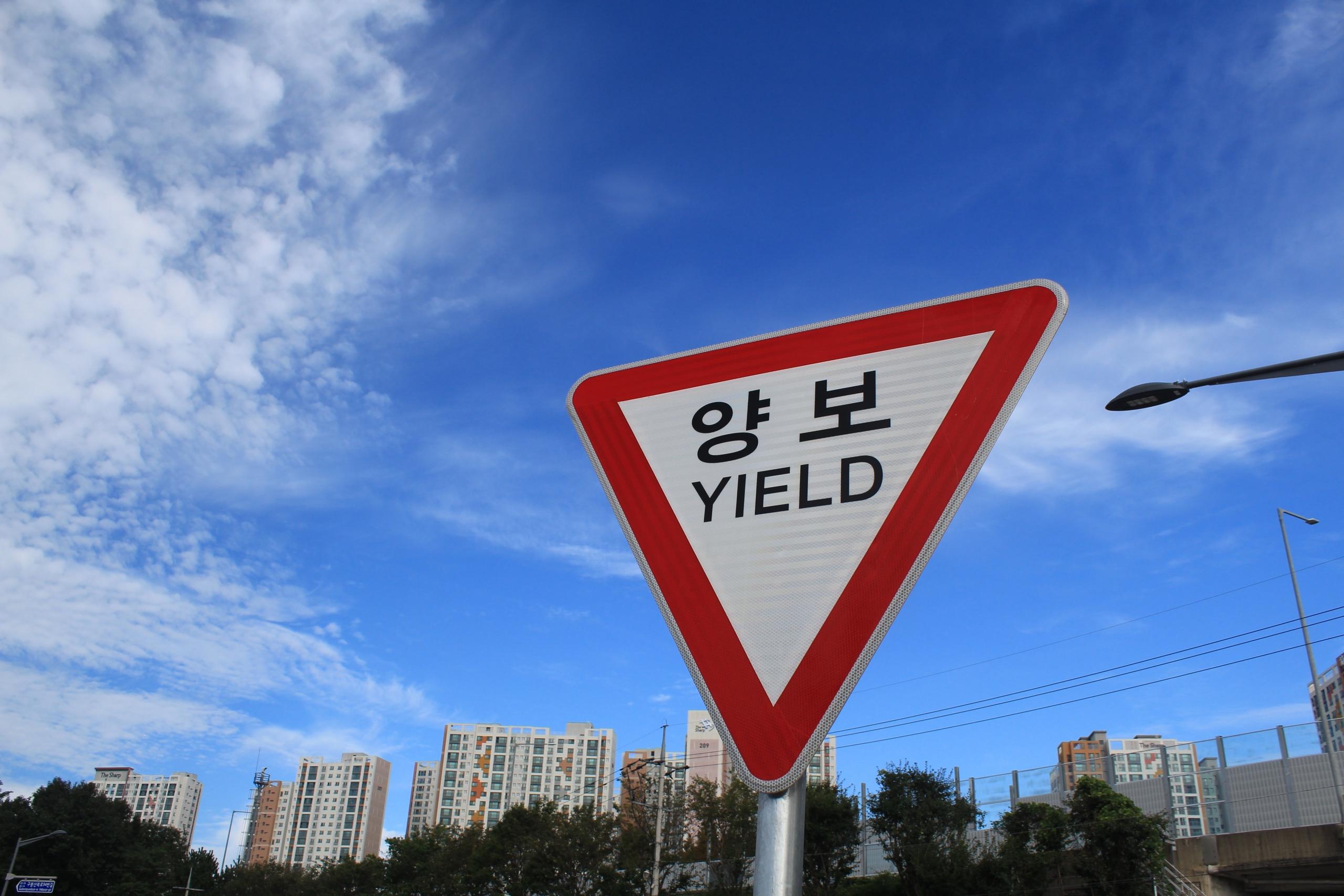오늘 걷지 않으면 내일 달려야 한다. If you don't walk today, you must run tomorrow. Korean Proverb
Basically, the Korean proverb encourages you to start small today so that you are not left struggling to do everything tomorrow. The same rule should be applied when you want to learn a language like Korean. You need to take small steps towards learning the Korean language by starting with the pronunciation of Korean letters. The Korean alphabet is called Hangul and it is made up 24 letters. For starters, even if you only know the 14 consonants or if you know the 10 vowels of the Korean alphabet, you are doing enough.
Knowing the Korean alphabet is great, but you must remember you won't know the pronunciation of each letter of the alphabet immediately. If you want to learn the pronunciation of Korean letters, you must remember that it will take some time. Certain Korean characters and the letters that compose them can be pronounced differently based on where the position of the letter is in the syllable. Furthermore, according to the Korean syllable rule, a consonant cannot stand on its own to make a sound. This is the reason as to why Korean people tend to add vowels to consonants in order to produce a sound.
Ideally, you want to start learning the language by focusing on your vowels first. Korean vowels are not at all hard to learn or to grasp.
Here are some Korean vowels that you will be able to pronounce rather easily:
- ㅏ: [a]
- ㅛ: [yo]
- ㅗ: [oh]
Once you have gotten to grips with the pronunciation of the vowels and double vowels, you can then slowly consider grasping Korean consonants. Consonants in the Korean alphabet is far harder to learn simply because much consideration needs to go into seeing where the consonant is placed before you understand how the consonant is pronounced.
If you are concerned that you won't be able to learn this functional language on your own, rest assured that with the help of the right Korean tutor, you can learn the Korean language and its history in no time.

The Key Rules to Learning the Korean Alphabet and Pronunciation
Should you have taken a liking to Korean series on Netflix, or should you wish to visit Seoul, you would need to do your best to learn the pronunciation of Korean words. In fact, to make learning the pronunciation of the Korean alphabet much easier for you, certain rules need to be considered. In fact, a Korean tutor will provide you with these rules that you ought to keep in mind throughout your language learning journey.
- The Korean alphabet has overlapping sounds with the English alphabet. Knowing this fact makes Korean seem like far less an impossible task as you may easily recognise some sounds from the universal language that you are used to. The Korean alphabet ㄱ sounds rather similar to the English phonetic "g".
- Double consonants are pronounced differently to aspirated consonants and in a language like Korean pronouncing the aspirated consonant incorrectly may result in a changed meaning of the word.
- ㄹ is one consonant that has a meaning of its own.
- Vowel combinations refers to certain vowels put together to produce a sound.
Again, these rules sound simple enough but get complex when you try to pronounce the letters of the Korean alphabet correctly and when you work your way through Korean letter combinations. Sometimes a tutor will first get you to learn the pronunciation of a Korean alphabet that has been written out in English before teaching you the Korean alphabet itself.
Once you know the pronunciation of words in English, associate the words with the Korean alphabet. Thereafter, you can focus on the appearance and sound of Hangul. We call it Korean Romanisation when Latin characters are used to show Korean words, phrases or sentences.
Korean Romanisation is a great strategy for people who want to learn how to pronounce Korean words and the meaning of the words without learning the Korean alphabet.
But, if this is not for you, you can read our blog post about learning Korean letters effectively.
The Appearance and Sound of Hangul

Once you know the pronunciation of Korean alphabet and words, and can pronounce the words like a native speaker, you are well on your way to success. In fact, you would note that the appearance of letters of Hangul form syllable blocks which have 2-4 letters in every block. A syllable block is formed by having a consonant and a vowel together with all the syllables being pronounced together to produce the word.
In terms of the sounds of the Korean alphabet, one letter can produce a variety of sounds. For example: the alphabet ㄱ can produce a sound similar to "g" and "k". Therefore, when you are learning Korean with the help of a Korean tutor, you will be guided about all the possible blends and the range of blends.
Korean letters tend to sound rather short and abrupt at times so again the Korean tutor will be the best person to guide you and help you understand everything about the appearance and sound of Hangul.
Feel free to check out our guide to learning Hangul.
More Tips for Learning Hangul (the Korean Alphabet, Pronunciation, and Language)
When learning Hangul, one of the biggest tips that your Korean tutor will teach you is that you must know all about batchim. Batchim refers to the bottom or lower position consonant in a syllable. Batchim is so important especially since it deals with the way a word is pronounced. Again, you need to be able to recognise batchim and where it occurs as not all syllables have a batchim.
Once you have learnt about batchim, you will be able to recognise double batchim more easily. Again, the role of a Korean tutor is extremely important since it will be impossible for you to make such observations without having enough background knowledge about the Korean language.

Further Ideas for Learning the Korean Alphabet and Pronunciation
Ideally, you want to get started on your Korean learning journey with the help of a Korean tutor. Having someone guide you especially with those daunting consonants and consonant rules is essential.
Once you have a tutor to assist you, you need to:
- Complete Korean worksheets regularly: Worksheets that expect you to spot Korean letters, vowels, and consonants will help you to become better at pronunciation and identification of the Korean alphabet. You also tend to learn through repetition and seeing the characters over and over again.
- Watch Korean series often: It may have been the Korean series that got you to take a liking to the language in the first place. However, once you are learning Korean, make sure to watch Korean series and listen to native speakers speak the language. You need to make sure that you are reading the subtitles to learn the meanings of Korean words that you may not know.
- Record yourself speaking Korean once a week: The best tip is to keep speaking the language. Send voice recordings to native Korean speakers that you may know or even to your Korean tutor. In this way, all your mistakes can be corrected, and your incorrect pronunciation can be rectified right away.
- Search for free Korean resources on the internet: You need to ensure that you find as many free Korean resources online as you can. In this way, you are learning and expanding your knowledge on your own as well.
- Listen to Korean being spoken more often: YouTube videos can also be excellent if you are looking to hear how certain words are pronounced by native Korean speakers. Sometimes you can even use YouTube videos that have the purpose of teaching you the language to better your knowledge of the language.
To become better at speaking Korean, you must work at the language. You must ensure that you are speaking, listening to, and conversing in Korean as often as possible. You must work on avoiding certain mistakes in terms of Korean pronunciation. Often times students who are learning Korean tend to overemphasise the syllables in a word. To prevent making this mistake, you must listen to the way Korean natives pronounce the same syllables.
Lastly, the biggest mistake to avoid when you are learning Korean is to try to learn all the rules of pronunciation at one time. Take Korean pronunciation rules one at a time to ensure success!















